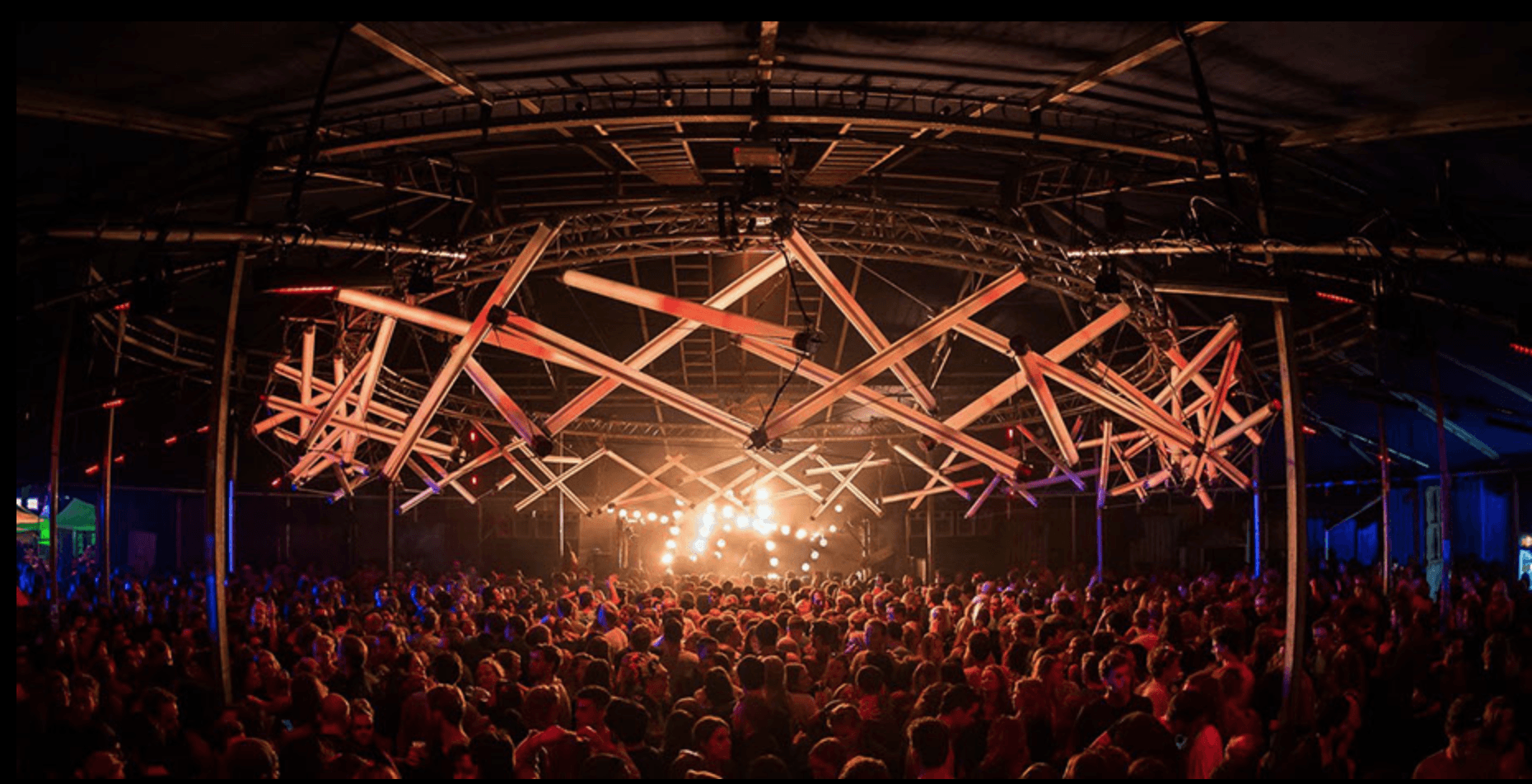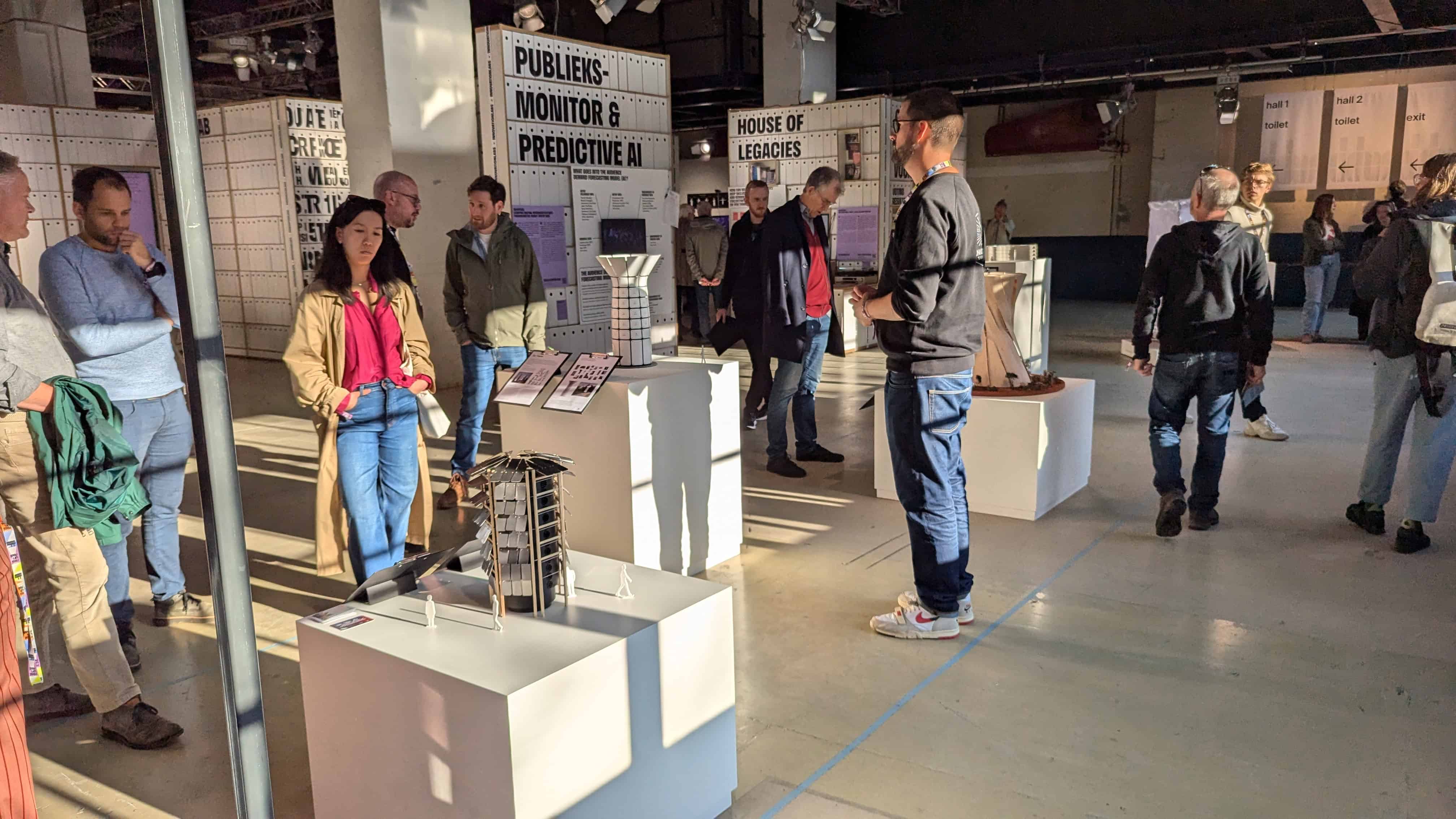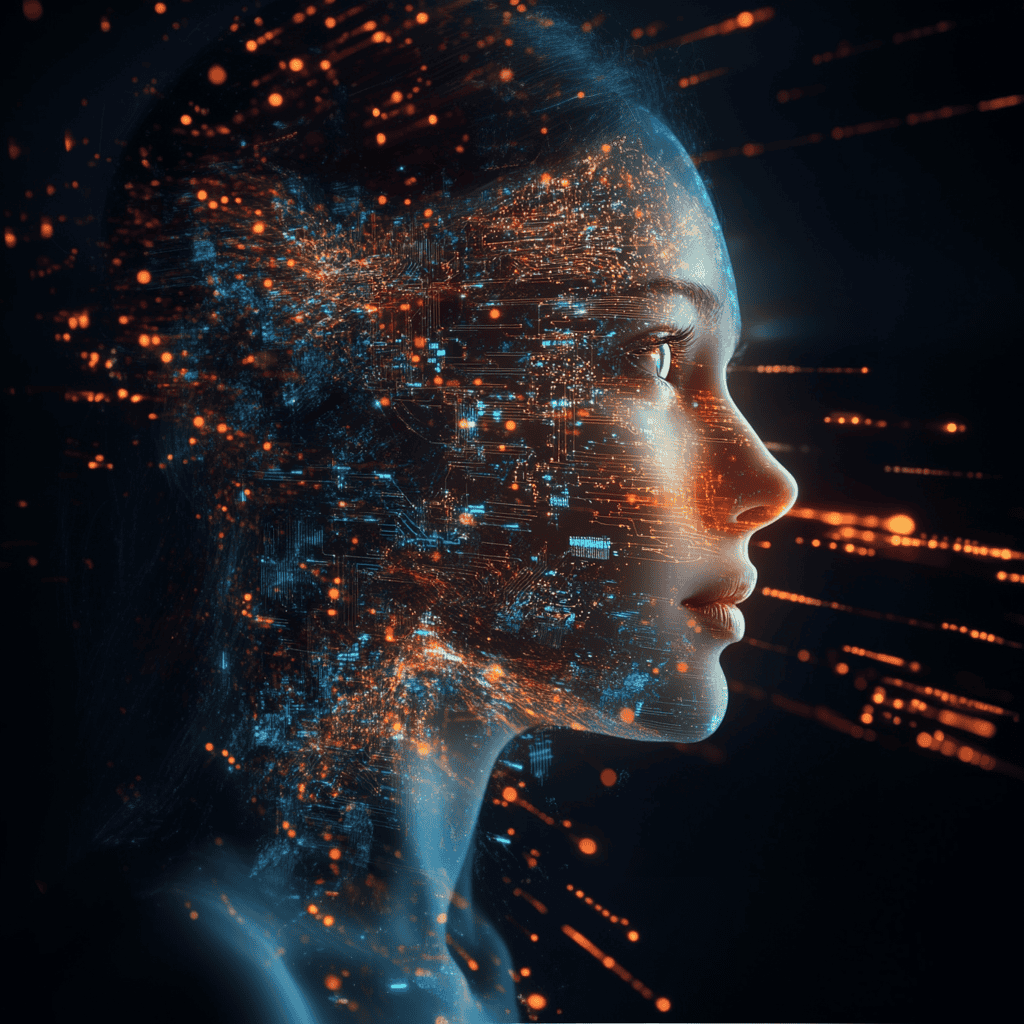
It was “really just a design concept”, the red balloons that were to be used as a prototype for an artificial uterus at the Dutch Design Week of 2018. “This week we are here purely to receive input on how visitors feel about this technique,” said researcher Kirsten Thijssen about the project at the time. “In this way, we hope to gain insight into how people emotionally and ethically feel about this. Maybe they still see obstacles or other possibilities that we haven’t thought about yet.”
Apparently it worked, because exactly one year later – just before the start of Dutch Design Week 2019 – the inventors announced that the European Commission wants to give almost three million euros for the further development of the artificial womb. It is one of the many dozens of examples in which technology and design(-thinking) go hand in hand and in that combination ultimately lead to a social leap forward. It is, therefore, logical that the TU has been given a prominent place at the DDW for years – and just as logical that top designers such as Marijn van der Poll can be found so often at the High Tech Campus.

Especially in a city like Eindhoven – the birthplace of both the Dutch Design Week and the Dutch Technology Week – collaborations between technology and design are all around. It seems as if the city has been built especially for this: the Technical University on one side and High Tech Campus, ASML and Brainport Industries Campus on the other, surround, as it were, the creative zones that stretch from Section C via the Design Academy in the city centre to Strijp-S, -T and -R. So it would be really strange if there were no cross-references between those zones.
And there are, as the offer of DDW 2019 shows, just like the other way around during the last DTW. Take, for example, the choice of Jalila Essaidi as an ambassador for this year’s DDW. She gained worldwide fame with biotech initiatives such as her bulletproof skin made of spider silk and her cow dung dress. She now has her own village in Eindhoven: BioArt Village, where designers from all over the world are working with nature, biotechnology and design. “I’m committed to giving attention to caring for each other and the use of natural materials during the Dutch Design Week – instead of just the economic side of the story”, she says about her role.

With “Manifestations” the Dutch Design Week is – for the fourth year in a row – putting the (mis)matches between man and technology under the microscope by asking how technology can contribute to a more humane world. “Technology offers mankind superpowers,” says designer Viola van Alphen. “The sky is the limit when it comes to shaping our body, the earth and our mind. But will we all have superpower, super beauty, and will we all grow very old, or is that just for the happy few? Can we still be vulnerable? At Manifestations you can see how the intimate relationship between man and technology flourishes or can get completely out of hand.” This episode of Manifestations is once again full of ‘unimaginable’ technological realities. What to think about the bulletproof vest for pregnant women, the fine dust-sucking umbrella, Russian roulette with a food allergy, a post-apocalyptic world, light therapy that helps against burnouts, or fashion from recycled PET bottles?
The combination is also, more and more, apparent in fashion. There is a great deal of emphasis on circularity, but 3D printed robes and shoes have also been introduced, as well as clothing that is also suitable for generating energy or measuring body functions. Both on the design side (Pauline van Dongen’s solar shirt has been given a place in the London Victoria and Albert Museum), and on the technology side (Holst Centre, located on the High Tech Campus, makes all sorts of wearables that monitor our health) it’ like rush hour. “Apart from the usefulness of these products, part of their functionality lies in the extent to which they fit in with the lifestyle of the users,” explains one of Holst’s employees. “Looking good can also make you feel good, so when designing these products, the material qualities and emotional values they evoke are just as important as their technical functions.”

The omnipresent technology at the Dutch Design Week is no coincidence, DDW director Martijn Paulen said in design magazine Dezeen: “It is precisely in the overlap between technology and creativity that the answers for the future can be found. When you put technological innovation in the hands of creative people, the really interesting things start to happen.”
However, he has noticed that this is not always self-evident. Paulen wants the people on the engineering side to bring new materials and ideas to let the creatives play along, and vice versa. “The dialogue between the design academy, the creatives, and the technical university, the engineers, has often been tried, but it has always been difficult. They really are two different worlds. I think we’re really taking a big step in bringing these two worlds together.”
At the same time, we must remain aware that not all social tasks can be overcome with technology, says Rob Adams, owner of Sixfingers and curator of the Embassy of Mobility during the upcoming Dutch Design Week. He focuses on the phenomenon of Smart Cities. Although… “Actually, I hate the idea of smart cities,” says Adams. “I really hate it because smart cities are about technology, which feels like how efficient we are and that doesn’t feel like a good life.” Two years ago, he and his colleague Boyd Cohen did a little research in which they asked people what makes their lives happy. “No one answered that technology makes their lives happier. No one! So we really need to stop talking about smart cities now, because people are not involved in smart cities. It’s about data, data, data. That, combined with the big tech companies behind it, simply means that it’s about making a lot of money on the basis of our data. And not about solving real problems in people’s lives.”

Design Museum
It is a warning that the initiators of the Eindhoven ‘Design Museum of the Future’ may take to heart. The municipality is talking about a place that “strengthens the infrastructure around design and technology in the region, in a way that has national added value and that gains international appeal”. An ambition that suits the city that is built on the pillars of Technology, Design and Knowledge.
The major technology companies in the region have learned to know very well that they can no longer do without designers and design thinking. ASML, the largest technological force in the Netherlands, has linked its name to the Smart Makers Award (in which design plays a prominent role) and to initiatives that help individual designers to develop technical and entrepreneurial skills. An example of this is Designforum, where talented graduate designers can continue to develop. Take Timo Lejeune, who, with the help of Designforum, came up with a solution for music, festivals and lighting. “Creativity, togetherness, art, that’s where everything comes together. We can condense the technology to make it easier to use.”
At that other Eindhoven tech superpower, Philips, design is perhaps even more strongly ingrained in its DNA. This is evident from the dozens of design awards that the company has received over the years, but also from the way in which Chief Design Officer Sean Carney tries to convince his colleagues of the usefulness of design thinking and of the collaboration between designers and Philips people. Carney: “If you ask a user what they can do better, then the improvement is only incremental. A designer has to be able to look further in order to bring about true change.”
High Tech Meets Design
Bas Berkhout, director at GBO Innovation makers in Helmond, agrees that as a designer you have to be a good technician to be able to work together with high-tech companies. Otherwise, there is a danger that you will “deliver an autonomous work of art, instead of a consumer product”. The Oxboard, a Bosch machine or the glasses with built-in light therapy: these are just a few examples of how Berkhout’s company has managed to weave technology and design together. VanBerlo Design in Eindhoven is another strong example: with partners like Damen Shipyards, Sita, EVBox, Wings for Aid, Nexperia and Maxi Cosi, the design agency works with both feet strongly in the world of tech.
Only two years ago, the Dutch Technology Week thought it needed to organise an event called “High Tech Meets Design”. Representatives of both worlds – but especially people who had already made the switch – joined forces to see what would be needed for the next phase. The conclusions were obvious (“just start!”) but although a lot has changed for the better, the call that DDW’s Martijn Paulen made there has lost none of its value: “Let technicians and designers make love together. If you bring these two groups together for a joint challenge, you’re guaranteed to have fireworks.”








